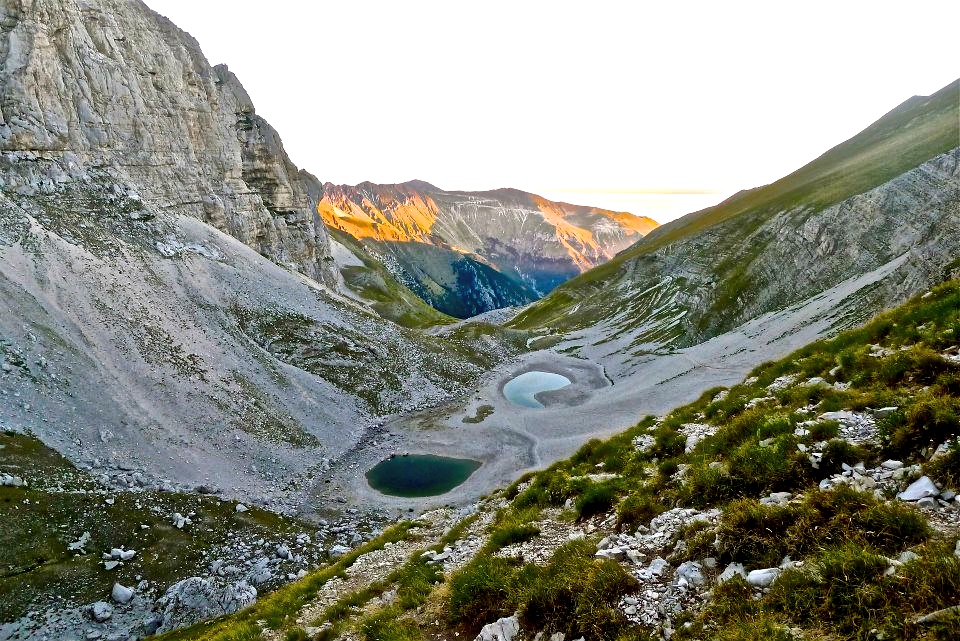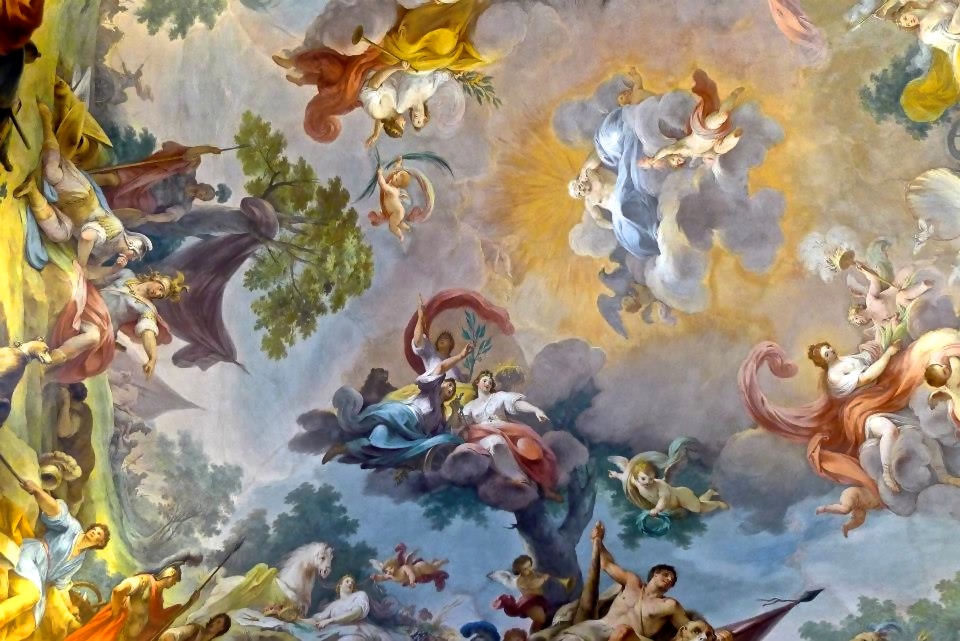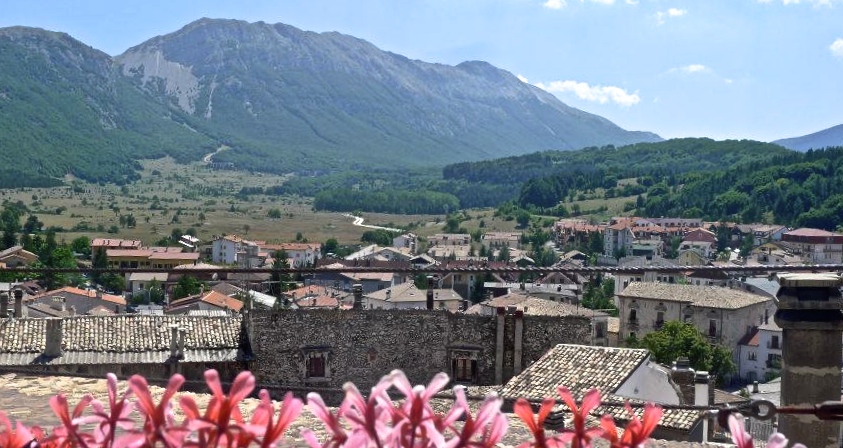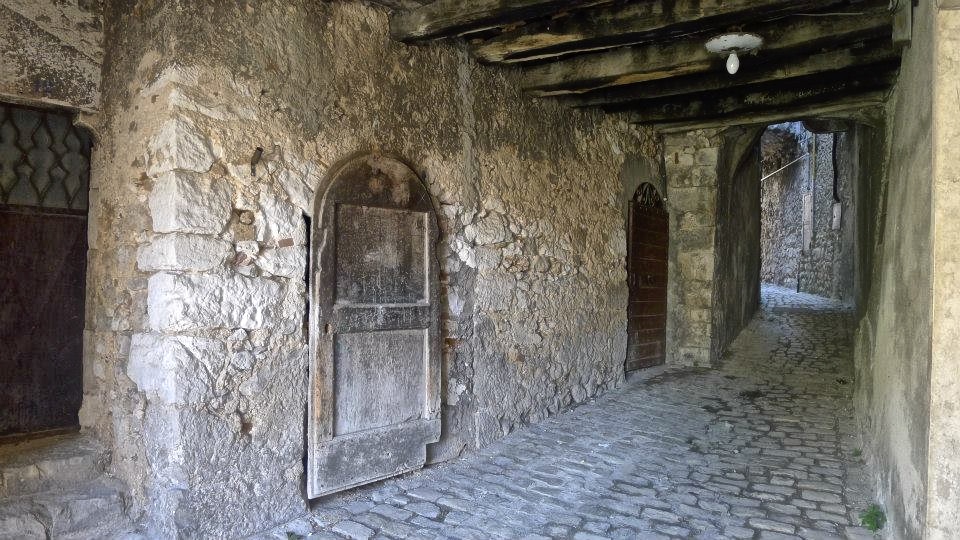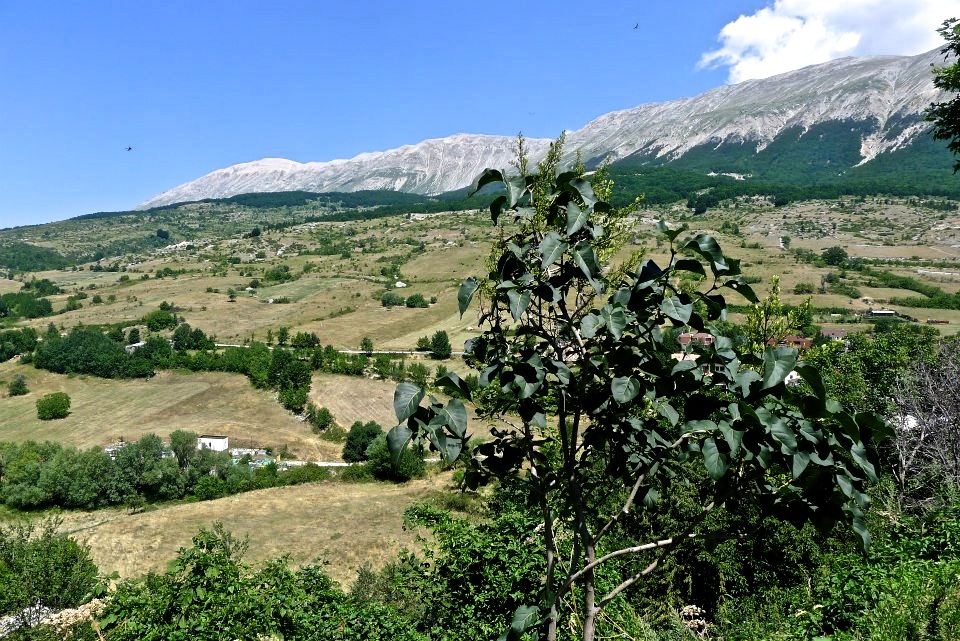
Retracing my Family Roots in Campo di Giove
With each trip to Italy, I meet family members I never knew existed. Then, I meet family of those family members and family of the families of my family. In truth, I have never been good at keeping track of how each person is related to me. There are simply far too many people to keep track of and it is at times overwhelming to interact with everyone I am expected to know.
After one particularly large family gathering with my mom’s side of the family, Dan turned to me and asked. “Is there anyone in Italy that you are not related to in some way?”
Every time I visit Italy, I spend the majority of my time with my mother’s side of the family in Fabriano. I’ve met fourth cousins, aunts twice removed, wives of the cousins of my grandparents, etcetera. I’m often overwhelmed by the sheer number of people that I’m related to in some way.
Yet still, I forget that my Italian roots are much deeper than I often realize.
The Ciccones of Campo di Giove
It is sometimes easy to forget that my Italian heritage is not limited to my mother’s side. If I knew as many people on my dad’s side as I do on my mom’s, then I would quite possibly even know Madonna, who shares my grandmother’s last name and whose father immigrated from the small town of Pacentro, neighboring Campo di Giove.
Unfortunately, the Ciccones have scattered, and few remain in Abruzzo.
And as a result, my chances of ever meeting the famous singer that likely shares my DNA, are zero to none.
In order to learn more about my Italian roots, I traveled with my family to the small town of Campo di Giove in the heart of Abruzzo. We arrived in Campo di Giove two weeks before much of my family would descend upon the town for vacation.
Still, I was able to meet long-lost relatives and gain a better understanding of my father’s side of the family.
My Nonna Antonietta’s Childhood Home
My Nonna, Antonietta Ciccone, was born in Cansano Italy, in 1924. She moved to the neighboring town of Campo di Giove at a young age. Her father worked for the railroad and, like all railroad workers in Italy during that time, he lived with his family in a small casello along the rail line. Casellos are houses that used to lie at each kilometer of the train tracks. Railway employees would live in these homes with their families and be responsible for the portion of railroad track between their house and the next.
Though people no longer live in these houses, many of them still exist—abandoned, and neglected over time.
During our visit to Campo di Giove, we decided to see the casello where Nonna spent the majority of her childhood. Today, it is largely inaccessible. In order to visit it, we had to trample over brambles and walk along the train tracks.
The house sits beside a defunct rail line. It has been vandalized and deserted.
My family peered through the window into the crumbling house. Hesitantly, we stepped in. Glass bottles lay shattered on the floors and bats flew overhead. Yet, despite the eeriness, it was powerful to stand in the very room where, two generations ago, my grandmother would sit by the fire with her family and look after her siblings.
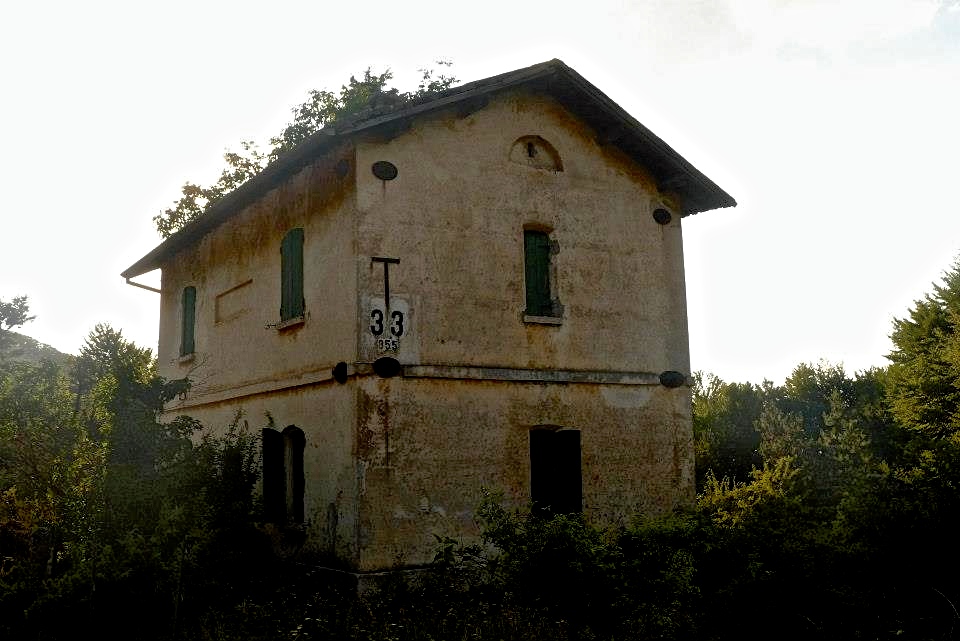
My grandmother never had the kind of childhood we were afforded. At the age of nine, she began providing for her family and was responsible for cooking and cleaning. She grew up during World War II, at a time when many Italians lived in terror. The area of Campo di Giove in Abruzzo suffered directly from intense warfare. Many of the towns in the area were heavily bombarded by German forces after the Italian government surrendered in 1943. During this time, many homes and villages were raided and Nonna’s family was forced to evacuate Casello 33.
For nine months, they lived in Casello 19, while bombs rained on the nearby cities and homes.
When the war finally ended, Nonna and her family returned to their home near Campo di Giove, but they found it to be deserted. Nearly all their possessions were gone. In the aftermath of the war, families in Campo di Giove began to rebuild their lives, but many stores in town no longer carried basic supplies. The closest place where she could buy food and necessities was the town of Sulmona, nearly 30 km away.
Though her father worked for the railroad, there were times when her family was forced to make the entire journey from Campo di Giove to Sulmona on foot over the mountains.
Visiting Sulmona: The Nearest Large Town
We stopped in Sulmona for a few hours, during our visit to Abruzzo. Sulmona is a beautiful town, famous for its ancient Roman ruins and confetti (sugarcoated almonds). The confetti are particularly interesting because they are sold in fancy arrangements outside of shops and, thus, decorate the streets with their vibrant colors.
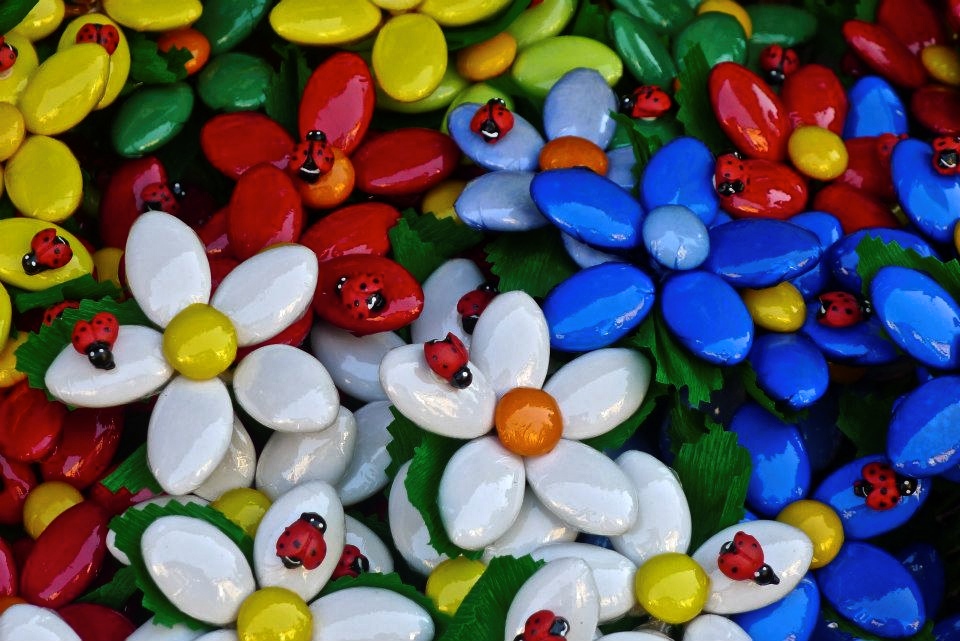
The day we visited Sulmona happened to coincidentally be the day of one of the city’s major yearly festivals–the Palio della Giostra Cavalleresca. A palio is a competition that is often held between various sections of a city. Many towns in Italy have their own palios that typically consist of various challenges and games that date back to the Middle Ages. In addition to competitions, many palios often entail cultural reenactments and parades.
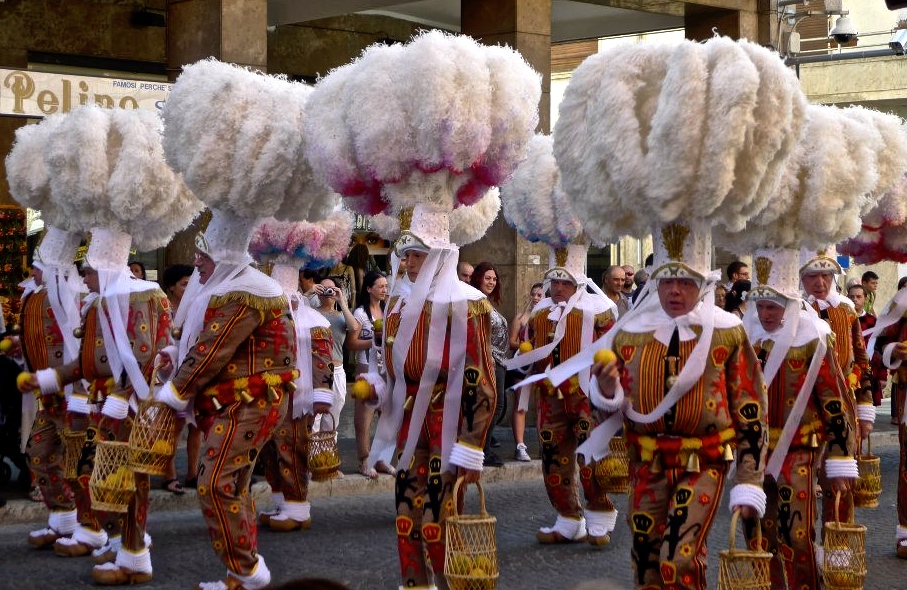
During Sulmona’s palio, we witnessed a parade in which people wore costumes signifying the various populations and socio-economic classes of Medieval Europe. It was a wonderful surprise.
Finding Distant Relatives in Campo di Giove
Not only did my trip to Campo di Giove and its surroundings give me an opportunity to retrace my grandmother’s footsteps, but it also gave me a taste of rural Italian life, away from the crowds. So many tourists have been venturing into Tuscany and Umbria to get a sense of the real Italy, whatever that means. Yet, I would wager that there are few places that feel so “Italian” as Campo di Giove.
The city itself is beautiful. Lying amidst the Apennines, Campo di Giove has a stunning natural backdrop and crisp, refreshing air. Its historic old center is reminiscent of many of Italy’s medieval cities with its narrow lanes and cobblestone streets.
On our final day in Abruzzo, my parents and I ventured up to Campo di Giove’s city center in order to meet my grandmother’s cousin, Adelina—one of the few family members I have remaining in the old town.
My great aunt Adelina is quite possibly the most animated old woman I have ever met. Our unannounced arrival had taken her by surprise and, upon seeing my dad—who she had not seen for nearly two decades—she began exclaiming “Che gioia! Che gioia!” (What joy! What joy!).

If I ever make it to age 89, I can only hope to be half as mentally and physically agile as Adelina was when we visited her. She welcomed us into her home and began scurrying around the house in search of food and drinks to offer. We had foregone telling her about our visit so that she would not have to prepare food for us, but it did not deter her from offering us whatever was on the table.
That day, it happened to be Belgian waffles and shots of Limoncello.
Though it still morning, Adelina eschewed our request for water and, instead, offered us her home-brewed Limoncello. The liquor content likely matched her age and was so strong that it took every single person in my family by surprise. As she continued to pour the alcohol into our shotglasses, she recounted stories from her childhood in Campo di Giove and lit up the room with her energy and eccentricity. Much like my grandmother and great aunt, Ersilia, Adelina had the capacity of remembering even the most minute details of stories from her childhood.
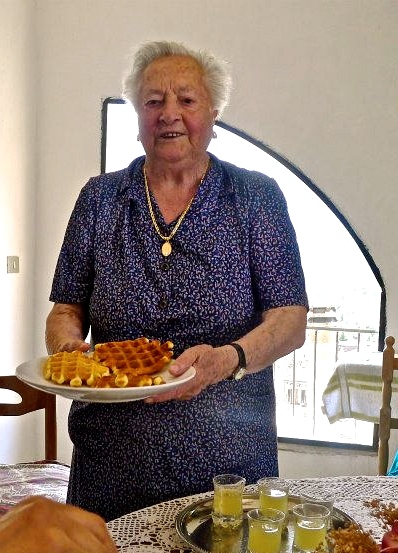
It is in Adelina’s home in the Apennine mountains—as I sat around the table listening to stories of bygone days and drinking limoncello— that I couldn’t help but think. This is it. This history. This landscape. This tradition of gathering around the table with multiple generations of family. This is what Italy is all about.
****
Note: I visited Adelina in 2012, after a road trip through Southern Italy with my parents and boyfriend (now husband). A few years after our visit, Adelina passed away. Though I’m saddened that I’ll never get a chance to see her again in Campo di Giove, I’ll always remember her gregarious energy and unfiltered joy.
